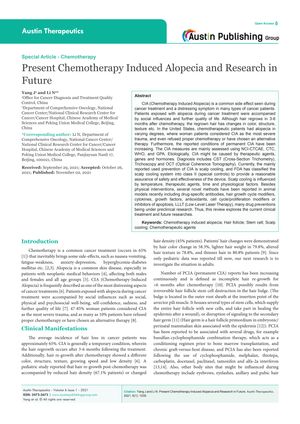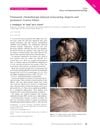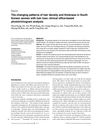Present Chemotherapy-Induced Alopecia and Future Research
November 2021
in “
Austin therapeutics
”

TLDR Current treatments for hair loss from chemotherapy are limited, but new methods are being researched.
Chemotherapy-Induced Alopecia (CIA) is a significant side effect of cancer treatment that affects patients' quality of life and can lead to changes in hair color, structure, and texture when it regrows. In the United States, the impact of CIA is so profound that some female patients opt out of or seek alternative therapies to avoid this distressing symptom. The condition of permanent CIA is also on the rise. CIA is assessed using various scales such as NCI-CTCAE, CTC, WHO, and GPA, and can be diagnosed with tools like CST, Trichoscopy, and OCT. Scalp cooling is the primary prevention method currently in use and has been categorized by the FDA as class II for safety and effectiveness. The efficacy of scalp cooling depends on several factors, including temperature and the type of chemotherapeutic agents used. Additionally, there are emerging treatments being studied in animal models, such as drug-specific antibodies, hair growth cycle modifiers, and other pharmacological interventions, as well as Low-Level Laser Therapy (LLLT), all of which are in preclinical research phases. This review highlights the current state of CIA treatment and the potential future research directions.



